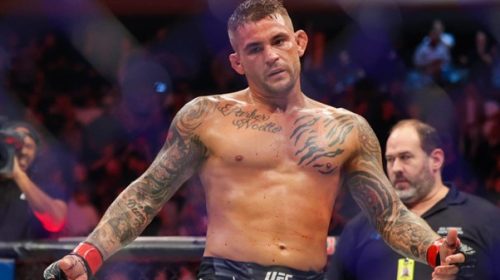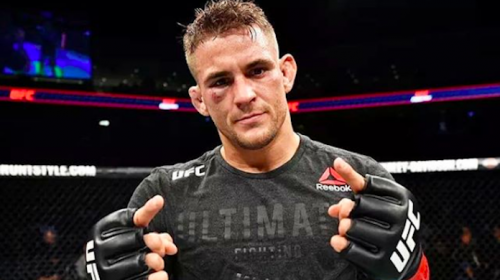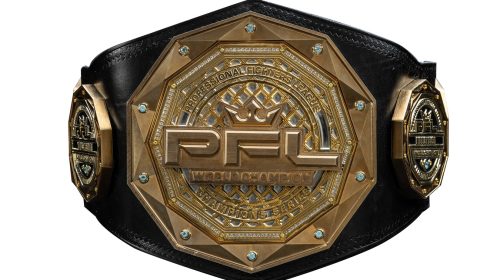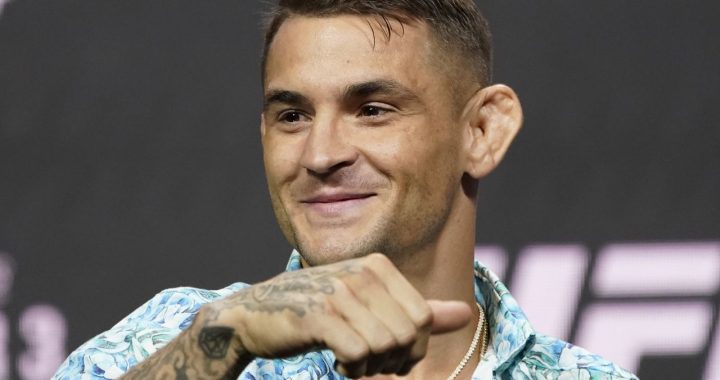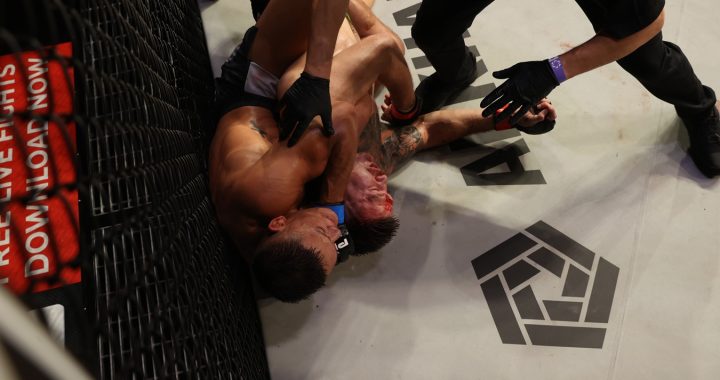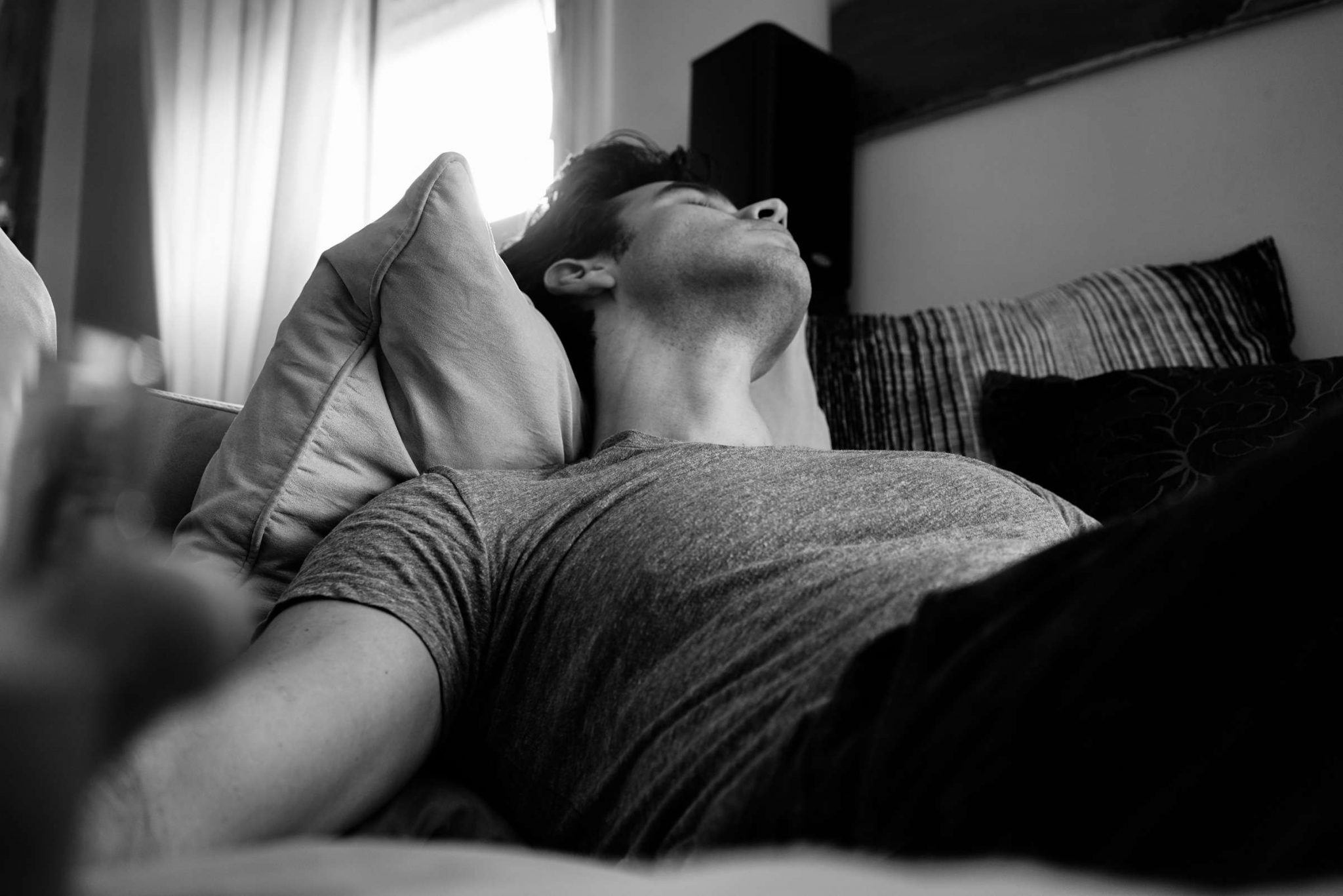
Managing Sports Hernia In MMA Players
What do Khabib Nurmagomedov, Rich Franklin, and Aljamain Sterling have in common? Well, all the three are MMA professionals, but an interesting fact is that they have all suffered from a hernia at one point in their careers. Luckily, they underwent successful surgeries to rid them of these condition. Out of 207 injuries bore by Mixed Martial Art Players, 0.25% are groin injuries. This is according to the National Library of Medicine. A sports hernia may not be quite prevalent as compared to other sports injuries, but it is quite severe. Since martial arts is of an extremely physical nature, the participants are susceptible to numerous injuries. Professional MMA players are especially prone to a hernia since they train hard and may develop cumulative physical training related trauma. Furthermore, during fights, they may get punched, kicked, and thrown down, in the process damaging their inguinal wall.
Causes and symptoms of hernia in MMA sports
A hernia is caused by a myriad of reasons that include; acute impact trauma, direct groin impact from kicks hyperflexion while guarding the back, excessive pivoting on one’s leg during kicks, and lateral hip impact injuries that result from falling on one’s side. However, medics have singled out the hard and sudden planting of the feet and twisting of the body as the main cause of sports hernia. Most symptoms of sports hernia include; severe but sudden pain in the groin during the time of injury, that goes away during rest but intensifies during physical activity. The pain is only characteristic to one area of the groin and only occurs when performing a twisting movement of the groin. Tenderness in the lower abdomen and pain that increases gradually from intermittent to steady pain are other signs of a sports hernia.
Diagnosing sports hernia
The most effective way of recovery begins with nailing the right diagnosis. However, pinpointing the cause of pain right away is no simple matter. It is important to note that sports hernia describes one particular injury– athletic pubalgia, which is, the tearing or straining of soft tissues in the lower groin area. These tissues belong to the adductors or in simpler terms, are connected to the inner thigh muscles.
Understanding sports hernia injuries is key to proper diagnosis. Due to the complex nature of the lower abdomen area, the underlying pain could be from any of the following areas; tendon degeneration, nerve entrapment, poor joint mechanics, pressure in the joint cartilage, and nerve entrapment. Therefore, the sports physician should have a deep and sound understanding of the medical history of the MMA athlete, mechanism, anatomy, and a detailed examination of the injury. In addition to this, basic examination procedures should be done. For instance; plain X-Rays, MRI scans, CT scans, and MR/Arthrograms. These pick up fractures, stress fractures, size, location and bony anatomies of the affected groin area.
Treating sports hernia
After, the evaluation and proper diagnosis, treatment procedures are taken up. The treatment of sports hernia has been a controversial subject. Some physicians recommend non-surgical procedures while others state that a hernia can only be corrected with surgery. Non-surgical treatment procedures include; resting by taking a 4 to 6 weeks break from MMA intense activity, and other strenuous activities to give the groin area time to heal. Anti-inflammatory medications like Motrin, Advil, or Aleve, could also be used to reduce the inflammation and the pain. After the patient has rested, they may undergo physical therapy regimens to strengthen their abdominal muscles and to ensure that the leg muscles and the lower abdominal muscles are stretched. Injections could also be administered to treat a hernia. They serve to block the nerves and alleviate pain. Such injections include; steroid injections, nerve blocks, and painkillers.
MMA players will always be at a risk of developing sports hernia due to the intense physical activity they encounter in the different sports they partake. However, the main focus should be on recovery. Doing exercises that strengthen the core, laying off intense workouts, seeking medical help and taking say 6 to 12 weeks before getting back to mixed martial arts are the ideal ways of dealing with a sports hernia.











